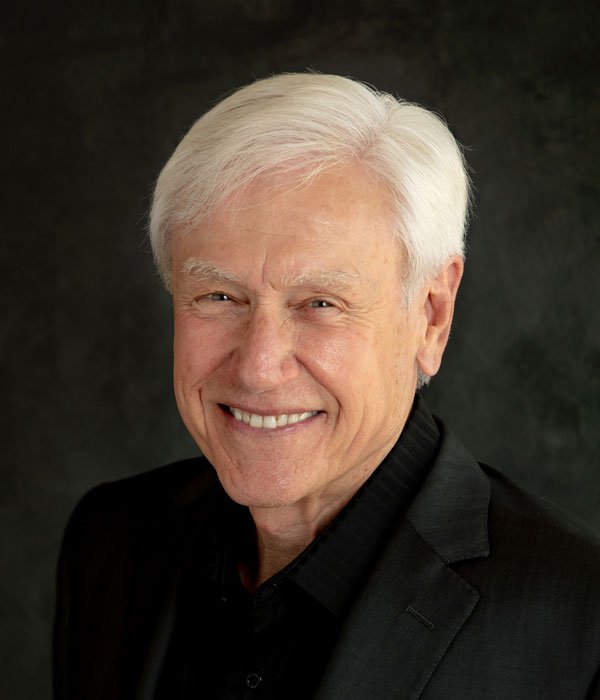I recently went one on one with Esther Wojcicki. Esther is the co-founder of Tract.app, an online, peer to peer learning platform that brings Esther’s teaching philosophies to kids ages 8+ all around the world, and the co-founder of WOJ IT at the University of California Berkeley School of Engineering, a program focused on teaching tech skills to college-age students.
Adam: Thanks again for taking the time to share your advice. First things first, though, I am sure readers would love to learn more about you. What is the history behind your nickname “The Godmother of Silicon Valley”?
Esther: I got that nickname because so many of my students graduated high school and went on to become entrepreneurs in Silicon Valley! To this day, I’m an active mentor and advisor for Stanford student startups, past student startups, and companies both in Silicon Valley and throughout the world..
Adam: How did you get here? What experiences, failures, setbacks or challenges have been most instrumental to your growth?
Esther: In a single word – grit.
I didn’t have an easy rise to fame; it took hard work and determination throughout the majority of my career. Growing up, I was part of an immigrant family since my family came from Russia to America, and I became very familiar with the struggle of job searching and trying to live the American dream.
I began my career with aspirations to be a journalist, but I faced a lot of insurmountable obstacles, It was the late 1960s – journalism was a male dominated industry, and the paper I had my eyes on didn’t accept female reporters. We females were supposed to write only for what was the “Women’s Section” of the paper. All papers had the news section, the opinion section, the sports section and the women’s section. I did not want to just write for the Women’s Section. So, while raising three successful daughters of my own, I stuck to my journalistic roots and became a journalism teacher at Palo Alto High School.
I quickly realized the “textbook and test” approach to teaching wasn’t for me, so I replaced it with actual newspapers and real world stories. I brought in peer to peer project based learning which was not in vogue in the 1980s and 1990s. I also gave students a lot of control which was seen as inappropriate. I focused on projects, writing for the newspaper, The Campanile, and actual real world learning. I was challenging traditional teaching styles and that created some tense moments which are described in my book.
But, I stayed true to my goal, and kept pushing forward. The program continued to grow and by 1999 there were 90 students in the program. At that point, I realized I had to start another publication because the class was too big, and I started a news magazine called Verde. Every two years after Verde, I started a magazine so that by 2012 there were 6 additional magazines. I also was allowed to hire four additional journalism teachers and in 2015, we opened the new 25,000 square foot Media Arts Center.
Adam: You wrote a book called How to Raise Successful People. What are the keys to raising successful people?
Esther: The book is organized around the acronym that I created to help people understand what matters most in parenting. It is TRICK and it stands for trust, respect, independence, collaboration and kindness. I realized that people frequently forget what they read so the acronym helps them remember. Parents need to empower kids by trusting them. When you as a parent trust your child, they start to trust and believe in themselves. You also need to respect their ideas. Don’t belittle them. Give them the opportunity to be independent, collaborate with them instead of dictating, and always treat them with kindness. Kids are impressionable and vulnerable and it is important to treat them with TRICK, grow up to be self confident, caring adults.
Adam: What are the best lessons you have learned from your children?
Esther: I’ve had the privilege of raising three wonderful daughters, and, while they’ve all taught me different lessons of their own, they did all teach me one thing: everyone grows up smarter, and more talented and creative, than you could ever imagine.
Adam: What do you believe are the defining qualities of an effective leader?
Esther: To be an effective leader, you need to empower people around you, Everyone needs to feel appreciated, trusted and respected. People need to have input in the decision making process. Having input does not mean they can dictate; it means their ideas are heard. They need to treat them with TRICK just like in parenting, or in teaching If companies want creative employees, they need to give them the opportunity to be creative which means they will make mistakes. Mistakes are part of creativity. No one does something perfectly the first time. So they need to be treated with respect and kindness.
Adam: How can leaders and aspiring leaders take their leadership skills to the next level?
Esther: To be an effective leader, you not only have to be able to build mutual trust and respect with the team(s) that you are leading, but you also need to be kind. All the letters in my TRICK formula – which stands for trust, respect, independence, collaboration, and kindness – make a difference.. When a leader navigates their team with kindness, the mutual trust and respect for each other deepens, and it’s this dynamic that drives the team to succeed.
Adam: What are your three best tips applicable to entrepreneurs, executives and civic leaders?
Esther: I have one tip for everyone, and it related to a quote from Bill Gates: “Tomorrow’s Leaders Will be Those That Empower Others.”
Second tip: Focus on social-emotional skills at work. People who know how to get along with others will help the company succeed.
Third tip, use TRICK (www.thetrickmethod.com) in your corporation. Companies that use TRICK are more productive.
Adam: What are your best tips for fellow educators?
Esther: It is important for educators to blend the traditional teaching styles with tech learning.
First tip is to give students more control of their learning in the classroom. Let them collaborate; let them learn to search intelligently and if they cannot find it, refer them to this classic book: The Joy of Search by Dan Russell, Doing it themselves empowers them.
Students can then discuss what they learned online in class. . It gives you, the teacher, more time to coach kids and work with them individually.
Second tip, take advantage of the skills kids learn in remote learning. They can meet with other kids online in the evening and do more peer to peer learning, Active learning is where learning happens and active means peer to peer working on projects
Third tip: if they cannot figure out how to do something, check YouTube. It is the number one learning site in the world,
Fourth tip, implement my new company TRACT.APP 20% of the time in the school. It can be done on an individual class basis or a school wide basis. My latest pedagogy is to implement student directed learning 20% of the time. 80% can be traditional. In the 205 time, students focus on peer to peer, project based learning in a gamified environment. . Kids are learning about topics they always wanted to and in the process developing the 4Cs; communication, collaboration, critical thinking, creativity. Tract was developed to help encourage student self confidence and independence.
Adam: What is the single best piece of advice you have ever received?
Esther: Number one piece of advice I got was from a life experience I had as a child. I learned education was the most powerful tool to a successful life which is why I am passionate about education. In my book, I talk about the experience that led me to this realization.
Adam: Is there anything else you would like to share?
Esther: It is best to guide kids as a coach would do, not dictate. That leads to empowered kids who are willing to try new things and take risks.









